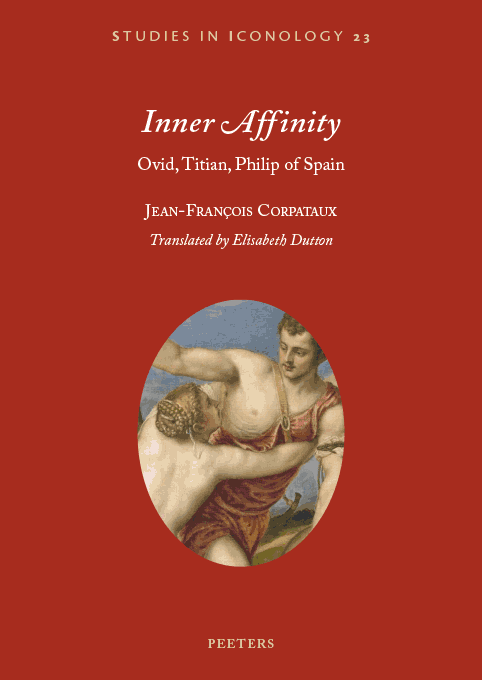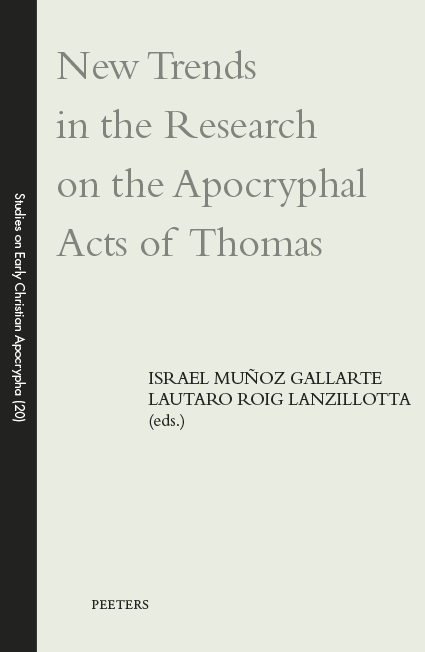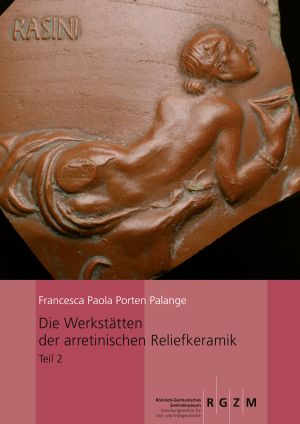Die Werkstätten der arretinischen Reliefkeramik
Francesca Paola Porten Palange
Monographien des RGZM, Band 76,1
Monographien des RGZM, Band 76,2
Dem »Katalog der Punzenmotive in der arretinischen Reliefkeramik« (RGZM
Kataloge Vor- und Früh geschichtlicher Altertümer 38, 1-2 [2004]) folgen
nun diese beiden Bände über die Werkstätten, die von ca. 30 v.Chr. an
in Arezzo und Umgebung Reliefkeramik produziert haben.
Im ersten Band
werden insgesamt 22 Werkstätten analysiert, ergänzt durch ein Kapitel
über den Töpfer Anteros, von dem wir noch nicht wissen, für welche
Manufaktur er gearbeitet hat. Die Werkstätten sind völlig neu
bearbeitet, und ihr Repertoire ist umfassender beschrieben. Hinzu kommen
viele bis dato unbekannte Punzenmotive sowie gegenüber der bisherigen
Forschung notwendige Neuzuweisungen, wodurch wir – obwohl das Material
des Museums in Arezzo immer noch so spärlich veröffentlicht bleibt – von
der Gattung ein deutlich klareres und genaueres Bild erhalten und das
Repertoire der einzelnen Offizinen an Reichhaltigkeit gewinnt.
Der
zweite Band enthält für jede Werkstatt in zeichnerischer Darstellung die
Namensstempel und die bislang bekannten Profile, außerdem die
wichtigsten Randmotive und die häufigsten vegetabilischen Ornamente, die
für die korrekte und sichere Zuschreibung eine so entscheidende Rolle
spielen. Ebenso sind – um die im ersten Band beschriebenen Figurenreihen
besser nachvollziehen zu können – auch die bedeutungsvollen Zyklen
anhand zahlreicher Bildkombinationen sowie bislang singulär überlieferte
Zusammensetzungen figürlicher und ornamentaler Motive dargestellt.
Zu Band 1
Zu Band 2









